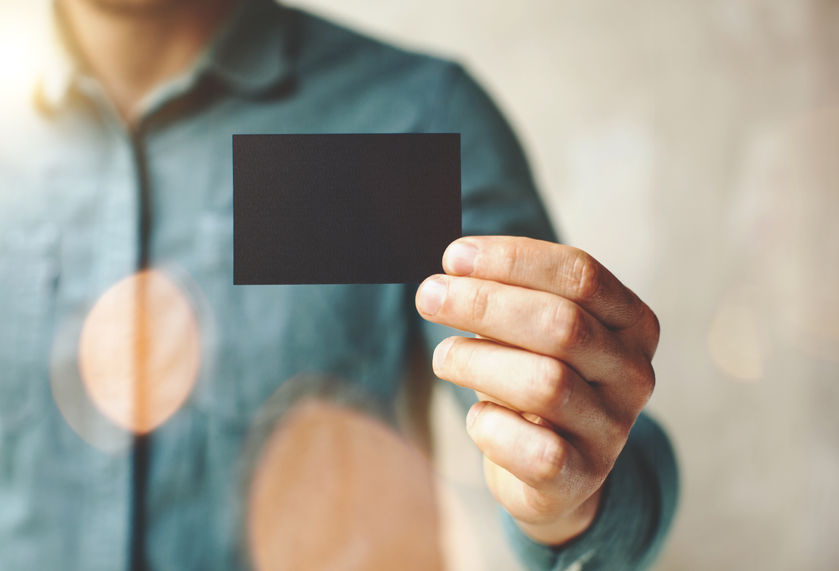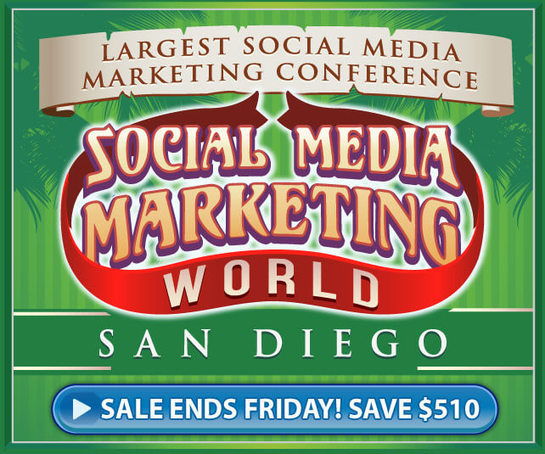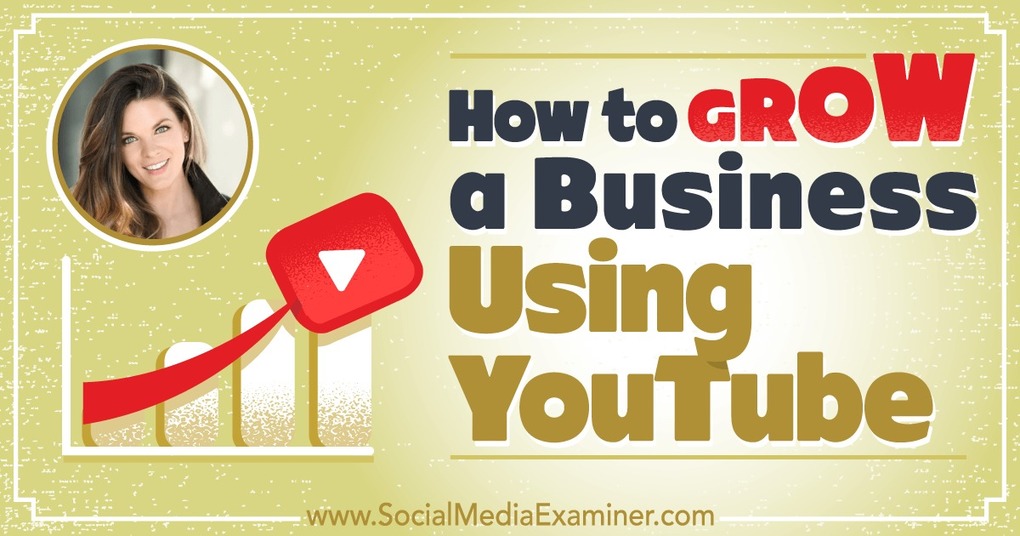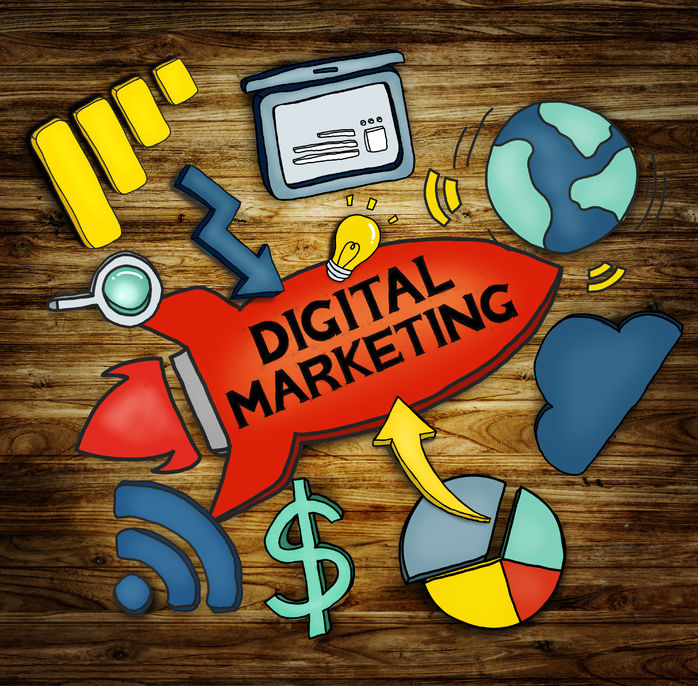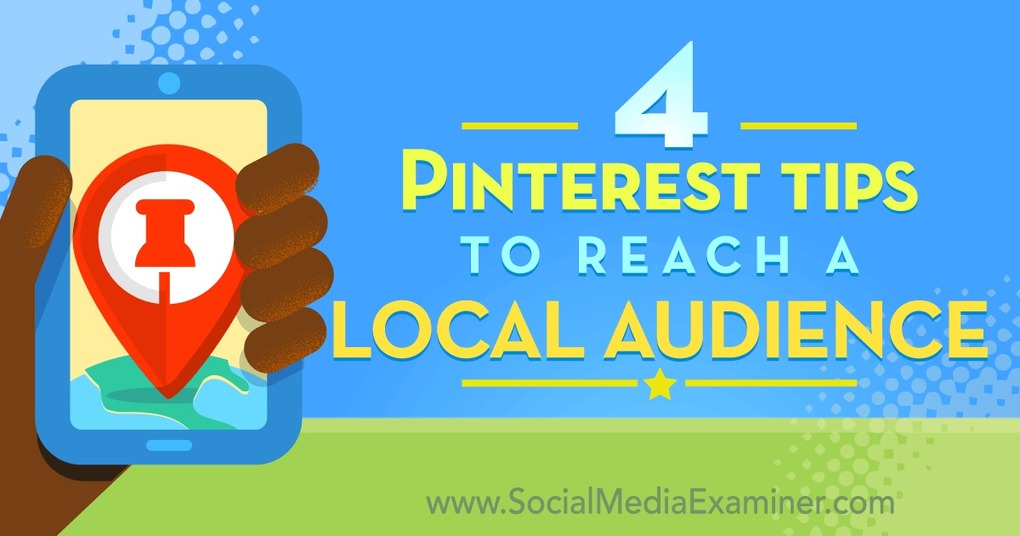
Never mind the fact that we’re living in a digital age. The pockets and purses of every serious professional are lined with that most essential staple of the business world: business cards.
Little scraps of cardboard have been essential tools of the trade for some 400 years, when the first “visiting cards” and “trade cards” appeared in Europe. The idea then was exactly the same as it is today: To remind a social contact, colleague, or business prospect who you were and provide them a means to reach you should they wish to continue the engagement.
While they’re still as critical as ever, in the 2000s, small pieces of paper have given way to myriad other ideas in the world of business cards. From unexpected materials to unique shapes and sizes to new approaches to messaging, the business card has lately received a modern upgrade that many professionals are putting to impressive use.
Here are ten examples of avant garde business cards that may help inspire a revolution in your own pocket.
- Representational

The Recla Group is the publisher of The CLEAR Business Directory, a directory of businesses which have been screened for fraud and other problems. To reinforce the directory’s transparency-focused vision, COO Justin Recla prints his business cards on transparent plastic, with the company logo front and center – “clear” being indicated in two separate ways. Says Recla, “The cards are definitely ‘door knockers’ and get an immediate response. Our referral rates and new clients have increased threefold since using the cards. I believe it is working because of the congruency of the branding of the business with the look of the card.”
Recla says he pays $115 for 1000 of the cards at Morning Print.
- High-Tech

Rebecca Rausch of Neon Lizard Creative works heavily in the world of technology, and as such it makes sense to showcase her company’s high-tech chops, however subtly, via the company’s business card. Solution: Neon Lizard’s cards are printed on thermal-sensitive card stock, which change color with heat or cold, cycling through shades of gold, blue, rust, black and green. Says Rauscuh, “‘Neon Lizard’ plays off the chameleon, which changes color. It shows that I can change my design style to suit the client.”
- Upcycled

“I run an extremely eco-friendly bath and body company,” says Kristie Garduño of GivingSoaps.com. “We sell mainly online, and all orders are shipped in reclaimed boxes filled with shredded junk mail. The boxes that we can’t use for orders (too far gone, odd sizes, etc.) are chopped up in small squares and then stamped with our contact information and a short explanation of ‘Why am I being handed a piece of cardboard?’ As soon as people read the text explaining it, they think we’re brilliant.”
Not only does Garduño’s card reinforce its earth-conscious messaging and corporate values, the cards are also virtually free to produce.
- Informational

A great business card doesn’t just provide contact information, it can also work as a miniature brochure for your company, or as a brief primer to the major issues in your industry. Gregg Steiner, president and founder of Cabinet Garden, is a producer of custom cabinets and closets for indoor gardeners, primarily of the cannabinoid kind. This type of agriculture requires a very specific and complex setup of lighting, water measurement, and ventilation – and Steiner knows that amateurs may well be oblivious to the specific needs of growing plants in an enclosed, indoor space. Solution: A business card that not only looks like one of his cabinets, it works like one too, opening on a fold like the hinge of a door, to reveal the “interior” of the cabinet inside. “People love the design and they always read it because they find the card intriguing and very informative,” he says. As a bonus, the card itself is made out of hemp-based paper.
- Personal

Corporate attorneys come with a reputation of stuffiness and stodginess, which was exactly what lawyer Radiance Harris wanted to avoid when she came up with the idea for her calling cards. “My business card is square shaped and incorporates the colors yellow, black, and white, my eye-catching logo, nontraditional headshot photo (in which I am smiling and wearing a bright pink sleeveless dress), and a modern, yet minimalist layout,” she says. “When I launched my law firm, I knew that I did not want to come across as your typical stuffy suit-wearing attorney, and my business card is just one aspect of my unique, authentic, and honest brand as an attorney. I’ve been told that my unique business card makes me stand out from other lawyers because it conveys that I am approachable, trustworthy, and different.”
- Functional (Related)

How do you ensure your card isn’t immediately thrown away? By giving it purpose well beyond its intention. “I write books and have done away with traditional business cards in favor of bookmarks,” says Pamela Danziger. “They are distinctive in design, allow for more room to tell my story, and most of all they are functional.” Danziger prints a different card/bookmark for each book she publishes, so she can either include the corresponding bookmark when she sells or gives away a copy of a book – or, better yet, can include a different book’s bookmark in order to cross-promote another title. Either way, the new owner of the book gets Danziger’s contact information and will likely keep it around as long as the book is being read.
- Functional (Unrelated)

Functionality doesn’t necessarily have to have anything to do with the business you’re in. An accountant may find it too frivolous to give away pencils, for example. That said, you don’t have to resort to that age-old trick of giving away annual calendars in the hopes they’ll be pinned to the bulletin board.
David Jacobson is the founder of TrivWorks, a corporate entertainment production company specializing in trivia events. In lieu of traditional business cards, for a year now Jacobson has been handing out customized tubes of lip balm. “They are professionally made, with a label displaying my logo, contact info, and a cheery catch phrase,” says Jacobson. “Many of my potential clients or business contacts are women, and they love to carry lip balm around in their purses. It’s far more memorable than just a card, as well as practical – and delicious!” While it’s hardly an inexpensive option (Jacobson pays about $1 per tube, in bulk), the staying power of a lip balm is far beyond that of a scrap of cardboard. A typical tube of the stuff is likely to roll around in a pocket or purse for months – reinforcing your brand messaging every time it’s used.
- One-of-a-Kind

“I think our business cards straddle the line,” says Jennifer Boaro, COO of The Cat Ball, LLC. “I don’t find them terribly unusual, yet over and over I see people handle them with a curious look because they aren’t typical and do stand out. Customers play with the paper, comment on the thickness and quality, and then I start to hear the comments about our images. We are always asked where we get them.”
Boaro says “images” because her cards feature hundreds of different cats, courtesy of Moo.com’s Printfinity program, which lets you print a different image on every card in your pack. Whether you want to customize the outgoing card to each recipient or turn your cards into a “collect ‘em all” game, having a pocketful of cards where no two are alike gives you tons of options that otherwise wouldn’t be available. “I’ve seen people paw through a stack of cards, trying to decide which one to take,” says Boaro.
- Artisanal

Kathy Marcelle is a designer and the owner of Sugar Pear Design, a stationer in the Midwest. “I do my own letterpress printing and of course my cards are letterpress printed. My press, a Craftsmen press from the 1940s, is 100 percent manual. I also hand mix my own printing inks. Each card has slight variations from the one before – giving them each their own unique personality. But what makes them have that unexpectedness to them is their thickness. The paper stock that I choose is 100 percent cotton, which allows the impression of the printing plate to really go into the paper stock, giving it an awesome texture and indicating superior quality.”
For a stationery company, your business card isn’t just a repository for contact information, it’s perhaps the most important sample of your work you have. Remember that in some cases, your business card may not be only about who you are – it can also be used to showcase exactly what it is you do.
- Virtual

We live in a digital age, so why not give out a digital card? Swapping phone numbers or email addresses is a nice start, but simple digits are impersonal and easily lost in the morass of your phone’s address book. Ted Jenkin, founder and co-CEO of oXYGen Financial, upgrades the number swapping dance with his “mobile card,” which contacts receive by texting “Ted” to 89800. (Feel free to try it.) Sending the text gets you back a link to Jenkin’s personal page and one to the business, the former full of contact information and even a video introduction to the company. “It’s the best card I have ever used and I’ve made tons of money with it,” says Jenkin. “I can drip text people on an ongoing basis because the software allows you to capture the mobile number of the other person when they take your card.” Find out more about the technology, which costs $18/month, at Ditch the Nametag.
At Insightly, we offer a CRM used by small and mid-sized businesses from a huge variety of verticals. Learn about all of Insightly’s features and plans on our pricing page or sign up for a free trial.


About the Author: Christopher Null is an award-winning business and technology journalist. His work frequently appears on Wired, PC World, and TechBeacon. Follow him on Twitter @christophernull.












